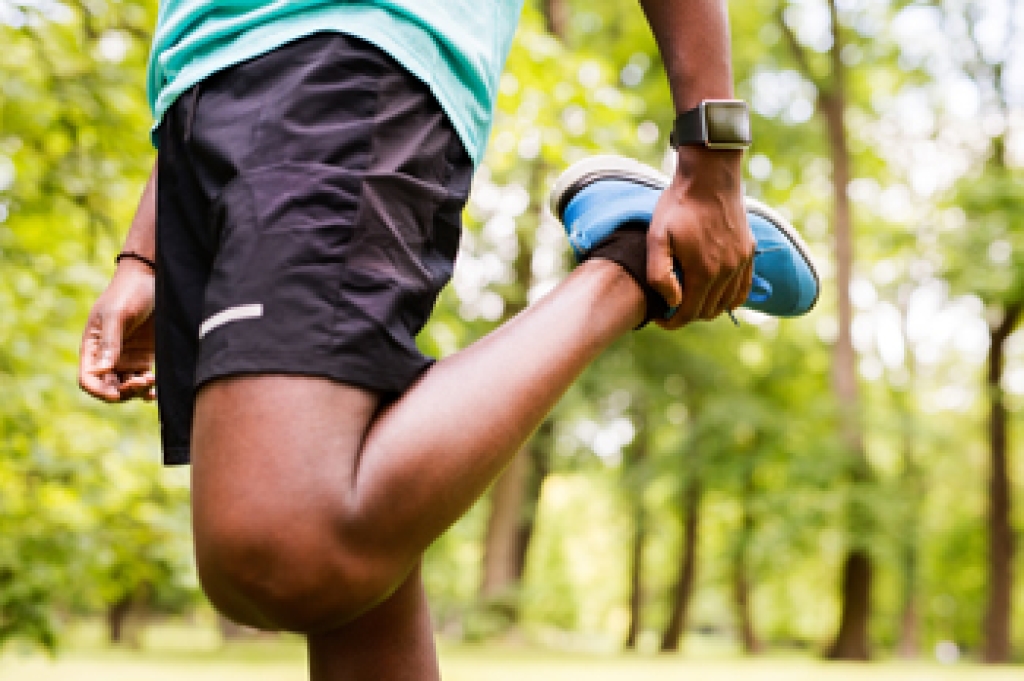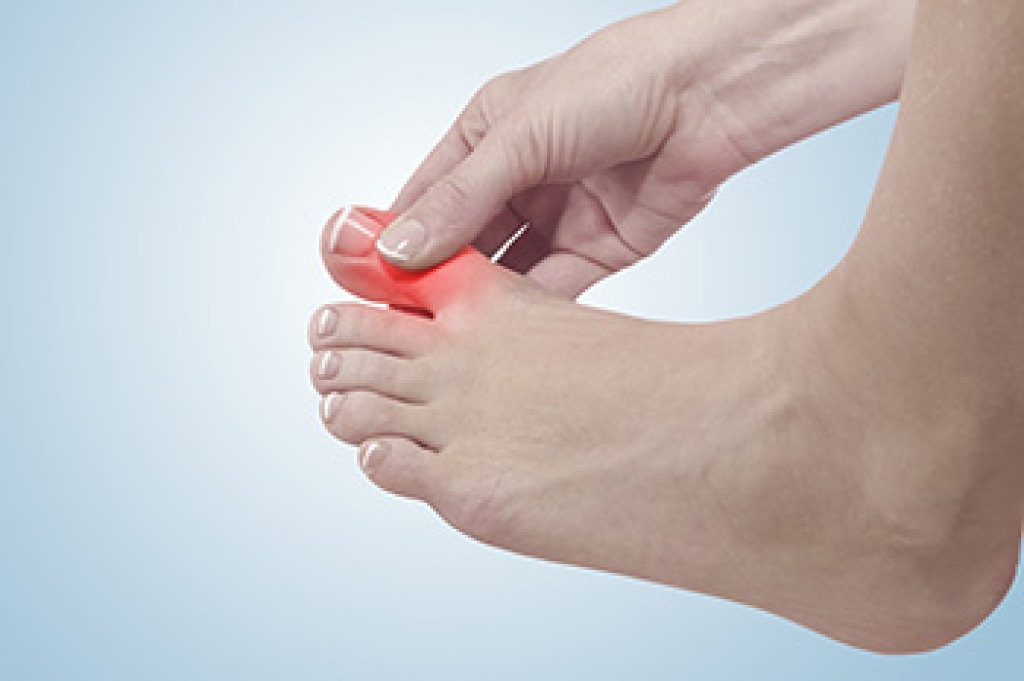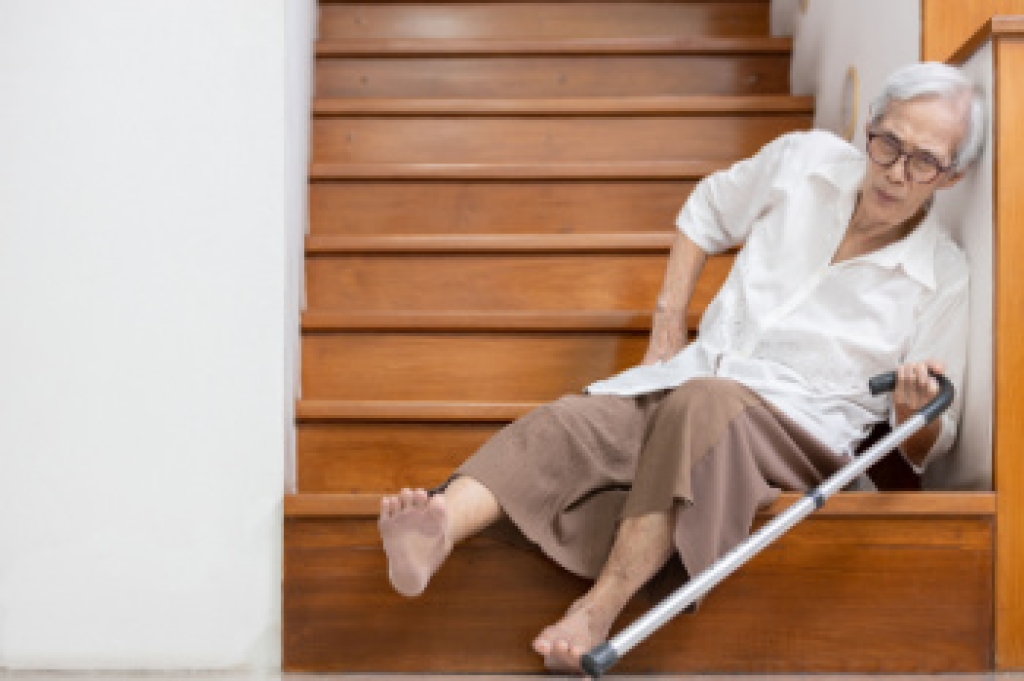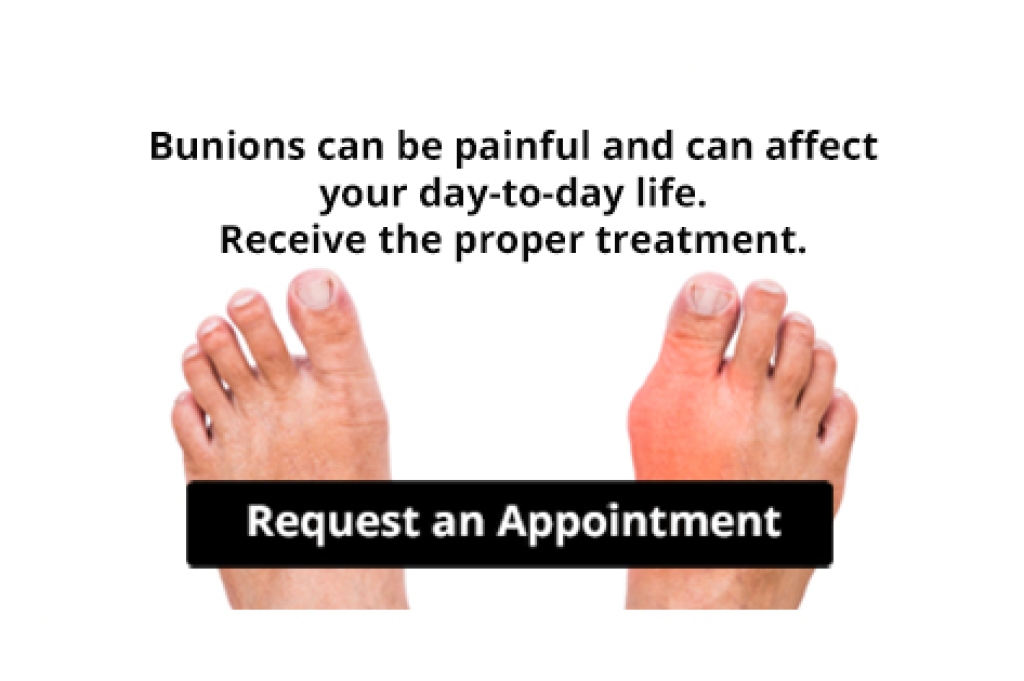
Müller-Weiss disease, a rare foot condition, involves the collapse and degeneration of the navicular bone, which is the bone located on the top of the midfoot. This condition primarily affects adults, typically women in their 40s to 60s. Characterized by chronic midfoot pain, swelling, and deformity, Müller-Weiss disease often progresses slowly and asymmetrically, with one foot more affected than the other. The exact cause of this condition remains unclear, but factors such as trauma, abnormal foot mechanics, and genetic predisposition are considered contributors. Diagnosis involves a comprehensive evaluation of symptoms, medical history, and imaging studies like X-rays or MRI scans to assess bone structure and integrity. Relief options vary based on the severity and may include rest, orthotic devices, and in severe cases, surgery to alleviate pain and restore foot function. If you have pain in the top of your foot, it is strongly suggested that you consult a podiatrist for a diagnosis and guidance toward treatment options that are right for you.
Some foot conditions may require additional professional care. If you have any concerns, contact Vincent, Vess of Fourth River Foot & Ankle. Our doctor can provide the care you need to keep you pain-free and on your feet.
Rare Foot Conditions
The majority of foot conditions are common and can be treated by a podiatrist. Standard diagnostic procedures are generally used to identify specific conditions and treatment can be rendered. A podiatrist also treats rare foot conditions which can be difficult to diagnose and may need extra attention and care.
There are many rare foot conditions that can affect children. Some of these can include:
- Freiberg’s disease
- Kohler’s disease
- Maffucci syndrome
Freiberg’s disease - This can be seen as a deterioration and flattening of a metatarsal bone that exists in the ball of the foot. It typically affects pre-teen and teenage girls, but can affect anyone at any age. Symptoms that can accompany this can be swelling, stiffness, and the patient may limp.
Kohler’s disease - This often targets the bone in the arch of the foot and affects younger boys. It can lead to an interruption of the blood supply which ultimately can lead to bone deterioration. The patient may limp or experience tenderness, swelling, and redness.
Maffucci syndrome - This affects the long bones in a child’s foot leading to the development of abnormal bone lesions. They are benign growths and typically develop in early childhood and the bones may be susceptible to breaking.
A podiatrist can properly diagnose and treat all types of rare foot conditions. If your child is affected by any of these symptoms or conditions, please don’t hesitate to call our office so the correct treatment method can begin.
If you have any questions, please feel free to contact our offices located in Pittsburgh, White Oak, and McKeesport,PA . We offer the newest diagnostic and treatment technologies for all your foot care needs.




